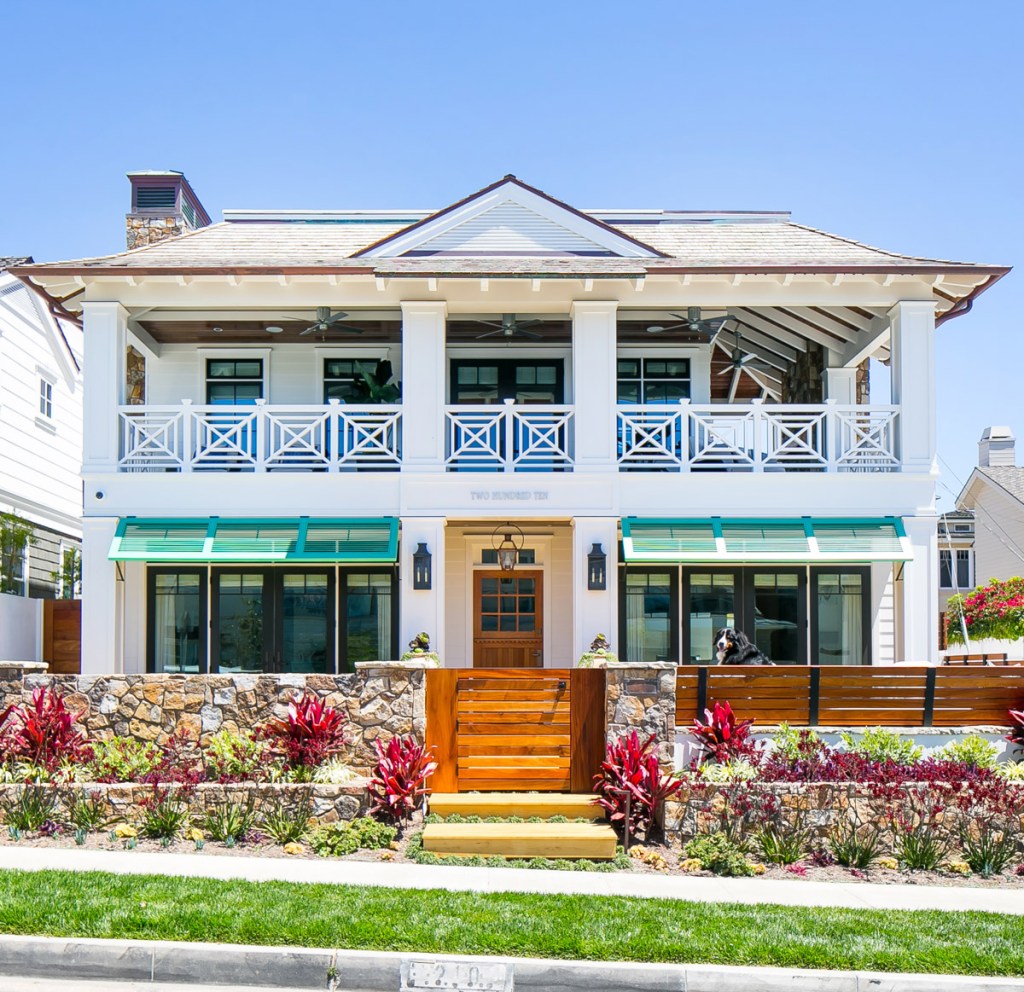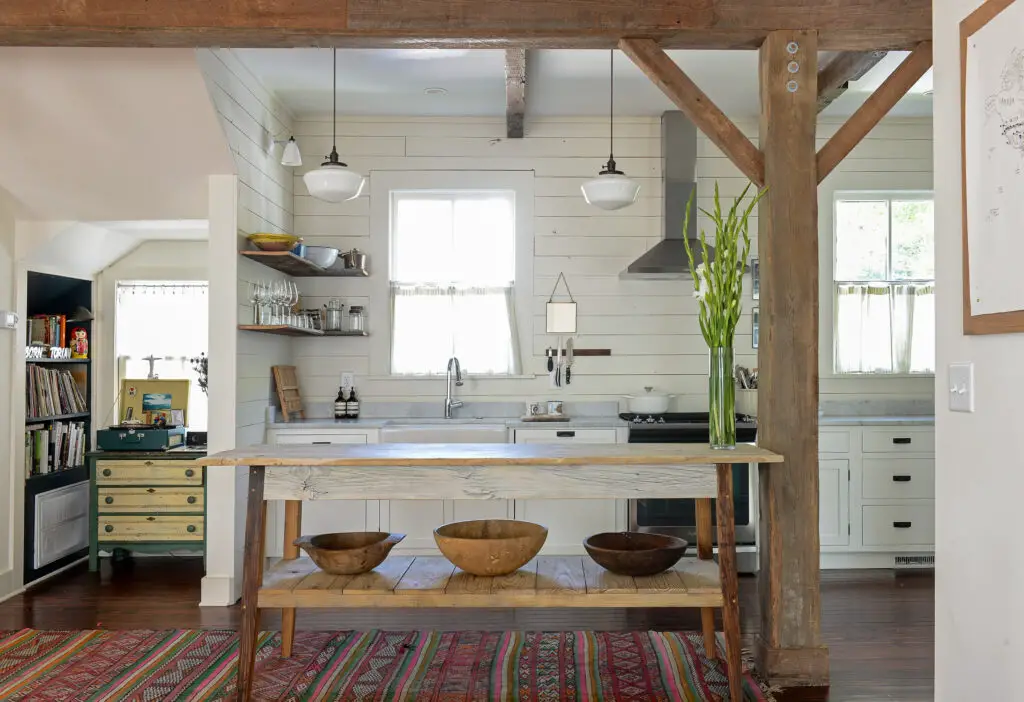Before you can choose the right home, you need to be able to choose the right neighborhood. Different neighborhoods offer different strengths and weaknesses, and some neighborhoods are going to be a better fit for your family than others.

Obviously, you want to live in a good neighborhood, or at least the best neighborhood you can afford. What exactly does this mean? And how should you go about choosing the right neighborhood for your family?
The Paradox of Choice
According to Estate,co, “In NW Arkansas, there are dozens of great cities and even more neighborhoods worth considering for your future home. We’re biased, of course, but the truth is there are amazing neighborhoods everywhere. Choosing the best one can be difficult, in part because there are so many worthy candidates.”
In any given region, there are probably several good neighborhoods to choose from. Each of these neighborhoods is reasonable in terms of amenities and overall quality, but some of those neighborhoods are going to be a better fit for you than others, even if only slightly.
How are you supposed to approach such a difficult choice?
Determining Your Priorities

First, you should sort out your priorities. What types of neighborhoods would be a good fit for your family? What characteristics are most important to you?
For example, if you’re on a strict budget, you may need to rule out certain neighborhoods entirely. If you don’t have children and don’t plan to have children in the future, school quality may not be as important to you. This is a highly subjective process, so focus on the things that make the most sense for your family.
The Most Important Factors to Consider
These are some of the most important factors to consider:
- Price. Many factors can influence a home’s price, and within a neighborhood, there may be homes with a wide range of prices. Still, some neighborhoods are more expensive than others, and you’ll need to consider this so you don’t buy beyond your means.
- General location. You’ll also need to think about the general location. Is this neighborhood in a favorable region? Is it an area with lots of tourism? Is it economically thriving?
- Proximity to priorities. Obviously, you’ll need to think about proximity to your highest priorities as a family. For most families, this means work and school; the closer you are to these locations, the less time you’ll spend commuting back and forth. You’ll also need to consider proximity to things like gyms, hospitals, and other needs.
- Schools. It’s no secret that some school districts are superior to others. If you have kids, you’ll want to put them in a good school district with solid priorities in place. However, even if you don’t have kids, you might prefer living in a neighborhood with good school districts as a way to preserve your home value.
- Crime. Similarly, most families don’t want to live in an area with high crime rates. Pay close attention not only to current crime rates, but also the direction those crime rates are trending if this is an important issue for you.
- Access to transportation. Access to effective transportation is a prerequisite for most family priorities. If there’s no convenient way to get from point A to point B, everything else in your life is going to be more complicated. Accordingly, consider choosing a neighborhood with convenient access to the highways, available public transportation, or other transportation options.

- Access to amenities. Though not a strict necessity, most families prefer living in an area with plenty of access to amenities. Shopping, dining, and community centers are excellent places for recreation and entertainment, and you’ll want to make sure you have access to them.
- Walkability. Some families want to live in a neighborhood that’s highly walkable, so they can get access to exercise, fresh air, and convenient locomotion. Lots of characteristics control walkability, including access to sidewalks, lighting, and more.
- Beauty. Consider the beauty or aesthetics of the neighborhood in which you want your family to live. This standard is much more subjective, but that doesn’t make it any less significant for some families.
- Future growth. Finally, consider the value of future growth. A neighborhood may suit your needs now, but will it continue to suit those needs in the future as they change? And can you count on your home value to increase with time?
Unfortunately, there may not be a perfect neighborhood for your family in a given region. In fact, you’ll probably have to make some sacrifices. What’s important is that you make sacrifices that are reasonable within the confines of your own priorities – and that you end up in a neighborhood suitable for your family’s needs.
Thanks to estate.co for consulting.
























